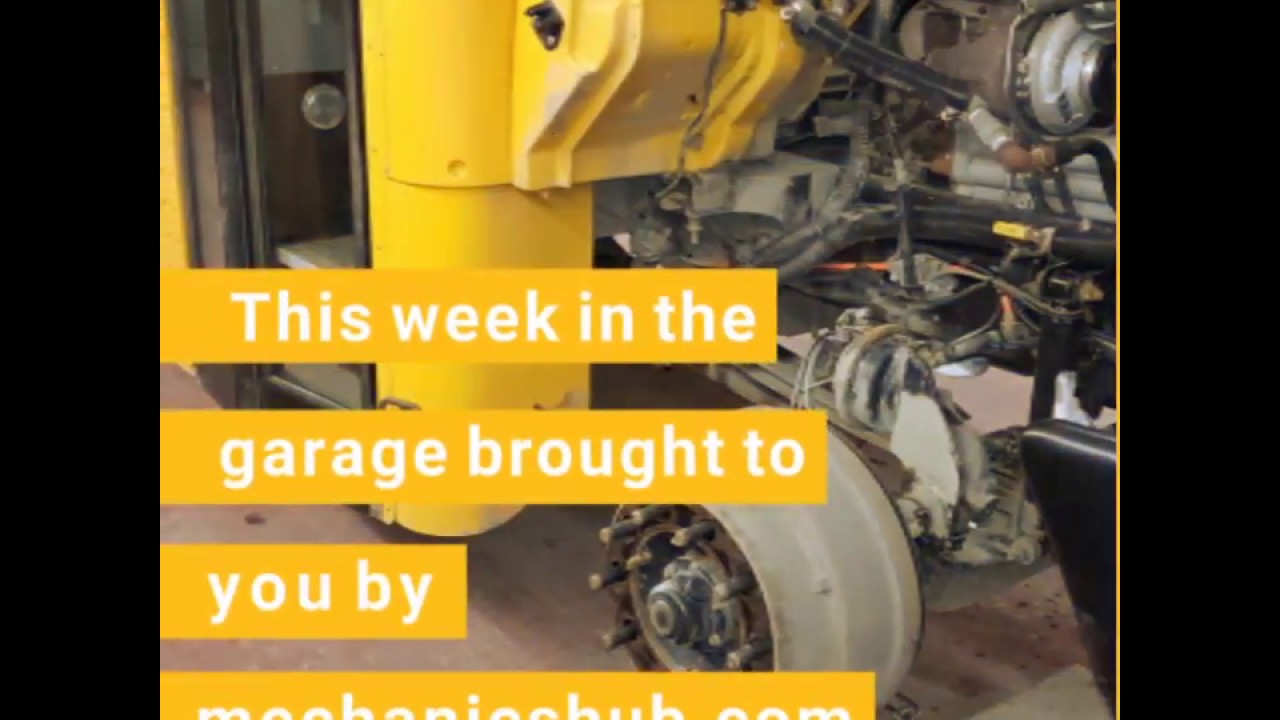If you ever thought of becoming a mechanic in the commercial transport industry you will never run out of work or experience as much variety as you will working on a school bus fleet. There’s never ending challenges with engines, electrical, air brakes and so on. Technology can be a pain in some areas where it has not been perfected. The electrical side of school buses has it’s flaws with location of modules and wiring connections along with the challenge of finding the correct wiring diagram to troubleshoot issues.
The engine side has been the biggest problem lately with premature failures that cause long periods of down time. Our International engines have been giving us a lot of grief the last couple of years with severe blowby caused by low compression from worn out cylinders. Now I’m watching our engine oil samples like a hawk to catch any coolant in the oil which is caused by defective EGR coolers that develop internal leaks.
Coolant has very poor lubrication properties so the first sign of it in the oil we have to act fast and most times replace the (expensive) EGR cooler which includes a couple of days of labor. It wouldn’t be so bad if this happened every 6 months 2 buses a year perhaps but it’s turned out to be an epidemic. We are working on our fourth in-frame (engine over haul) primarily on the DT MaxxForce engines in our fleet.
Besides engine work the emissions on our diesels have been a constant project as well. The DPF diesel particulate filter does not last forever and must be cleaned out or replaced if cleaning fails. The bill on emissions is excessive. Aftermarket filters run around $2300. Sometimes we get lucky and the cleaning process works which dampens the cost down to $500.
The transportation budget takes a big hit with all of these problems but no matter how hard you try to prevent a large repair the cost is always through the roof even for basic maintenance. A sensor can run up to $300. I really feel for the owner operator who has to pay out of pocket to keep his truck on the road. Our fleet always has at least 3 or 4 buses with engine codes since the parameters for failure are so strict. For example If there is any loss of boost from the turbocharger or the differential pressure in a DPF is too high you will get an engine code.
But I must admit engine codes are there on the dash for a very good reason…to protect the engine. On board diesel engine computers are programmed to send a signal to the operator that something is wrong. If an engine happens to lose 3 or 4 gallons of coolant due to a massive leak somewhere I welcome the stop engine light to flash on the dash so the driver knows to immediately shut down the engine. The inconvenience far out weighs the cost of replacing a seized diesel engine. There’s a lot less frustration in this industry if you accept the technology and find ways to keep ahead of problems.







